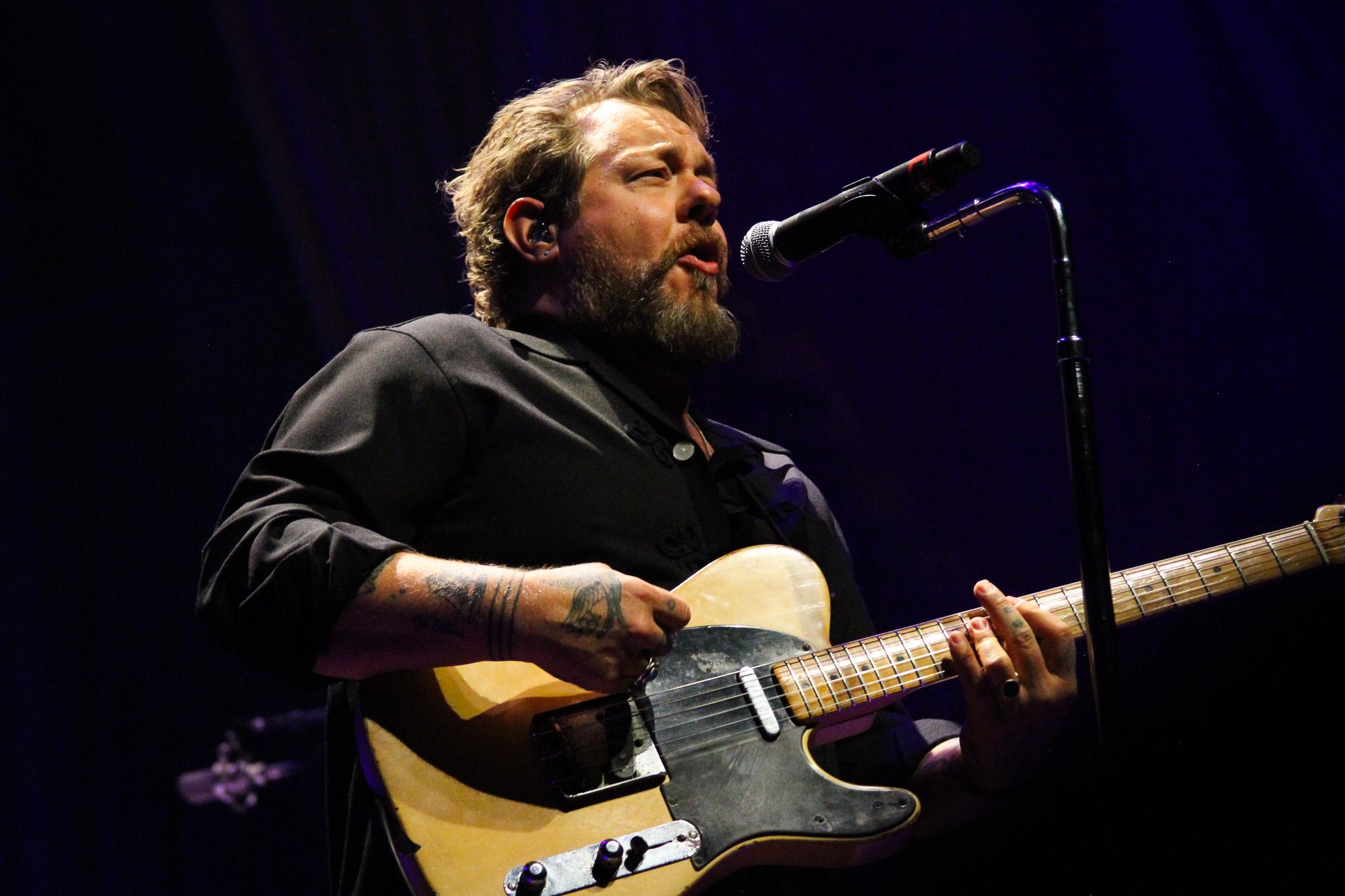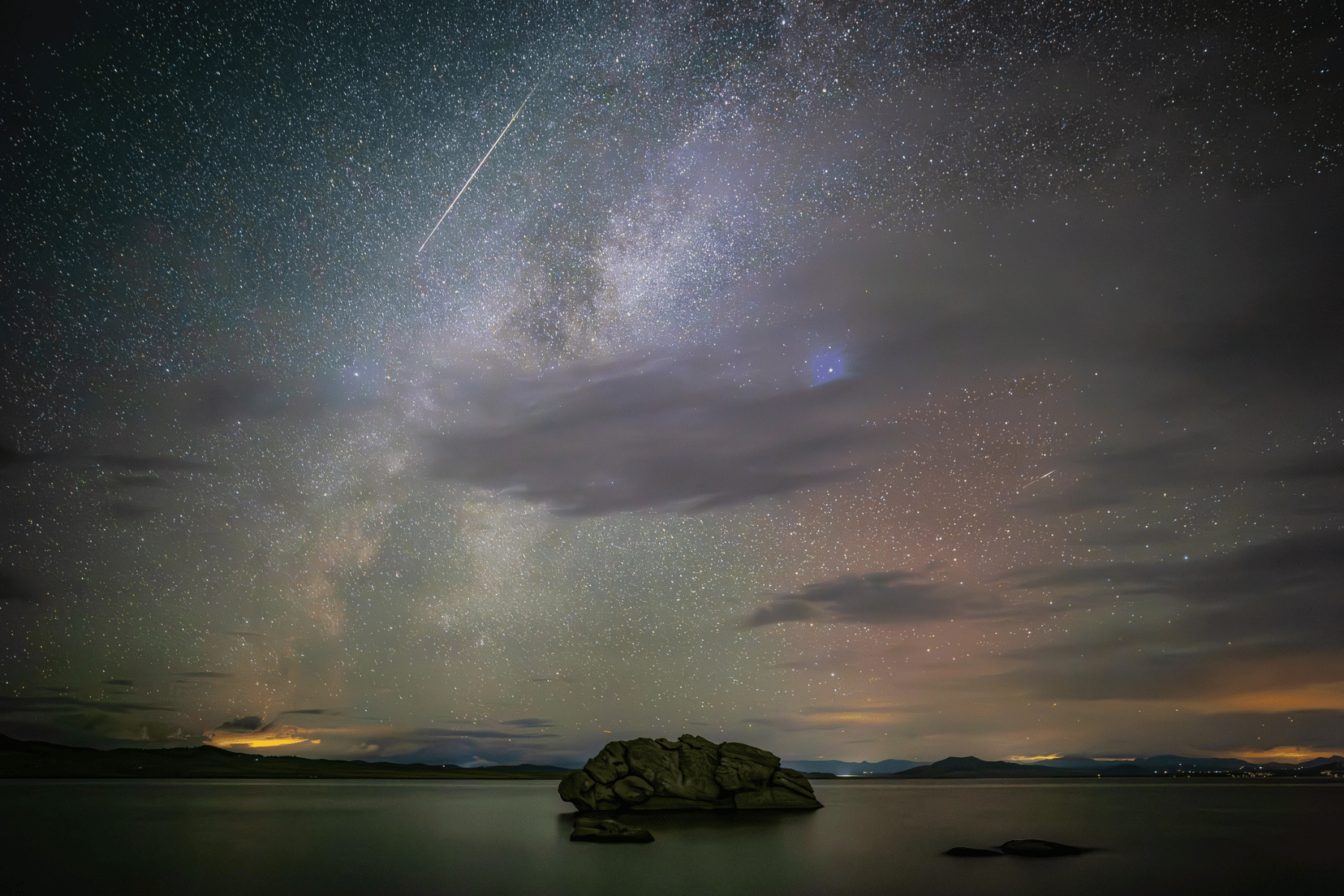
Erik Weihenmayer of Golden is no stranger to adventure. To this day he is the only blind man to summit Mt. Everest, a feat he accomplished in 2001. And along with Everest he’s climbed the highest mountains on all seven continents. But Weihenmayer’s latest adventure has nothing to do with climbing. Instead, he spent six years learning to kayak and in 2014 he kayaked all 277 miles of the Colorado River through the Grand Canyon.
The story of his paddling education and epic river trip serves as the thread of his new book, “No Barriers: A Blind Man’s Journey To Kayak The Grand Canyon.” The book almost didn’t happen because Weihenmayer wasn’t sure he had anything more to say beyond his two other books, one which focuses on his journey to climb Mt. Everest and the other a self help book on how to use adversity to your advantage.
Weihenmayer says he finally decided to write his new book to “illuminate the map” for clearing the challenges that develop throughout life. “The world is messy,” he says. “This is my journey. This is all of our journeys.” Here's a video clip from the Grand Canyon adventure:
Weihenmayer tells Colorado Matters host Ryan Warner that this is a story about what real progress looks like in life and all the twists and turns that happen along the way.
Interview Highlights
On the system he uses to navigate whitewater, including bluetooth headsets:
"We had to create systems for doing everything, for staying safe. We eventually discovered my guide needed to be in back of me so he could see the scene and guide me with simple directions like hard left, hard right, charge, which means charge into that wave before it destroys you. ..."
"We found that a lot of the [bluetooth] radios were like a half-a-second delayed. And that's an eternity in a rapid. So we had to find really fast, reliable communication. And loud, because rapids are hugely loud. You could be separated from your guide be a 20-foot wave. ..."
"In an ideal situation, there's actually somebody out picking the line. In a rapid you have what you call the line. It's like the map through the rapid. It's a very complex way to get through the rapid. So that guy's out picking the line. The guy back is guiding me. And maybe even a couple of people down in the eddy at the bottom of the rapid to pick up the pieces in case somebody swims."
On the dangerous nature of kayaking:
"That was the great fear for me, honestly, of kayaking. In climbing, you get the moment to slow down and reassess and say, 'you know what, maybe I'll take a moment here.' But you can't do that -- there are no breaks in kayaking. ... If you are a half-a-second off; if you're a foot to the left; a foot to the right; if your boat is pointed 10 degrees too far to the left -- now you're off the line. It's a new game. It's a new situation. And you're in a scary place. It's a cascading result."
On how he dealt with fear:
"It was overwhelming. Sprinkled throughout the book is this idea of fear, that you never really overcome it. But you learn to manage it, hopefully, through your preparation, through your team, through all your systems, through your mindset. But it was always there."
Read an excerpt:
FLOW “I guess the fear is still there for me,” I said. “The consequences feel so real, and I haven’t figured out how to block it out. I wake up in the morning, and there it is.” “That fear and anxiety only gets in the way,” Harlan said, “clouding your movements and reactions. Then, the next thing you know, you're surrounded by massive chaos, and it overwhelms you. Instead, I think of it as surrendering everything to the river, and channeling your energy into perfect focus, just reacting and becoming a part of what the water is doing."… When we reached Upset the next day, Harlan had everyone land and hop out to scout. Upset was already significant, but at this water level, 13,000 CFS, he said it got even trickier and more dangerous. He pulled me aside and spoke in a clear, measured voice: “Okay, It’s pretty spicy, but there’s a perfect line to snake it cleanly, although it’ll feel pretty counter-intuitive. The setup is everything. You enter left, and you keep pushing left into these lateral waves. They’re actually crashing off of the left cliff wall. Your brain is telling you don’t go over there, but you have to go left. That big hole Lonnie and Timmy were talking about is to your right, and it is violent; it’s a place you don’t want to be. You want to hit the lateral perfectly on the left, catch the current, and sneak by the big hole on your right. Bam. Done. You got this, E!” I nodded, but in reality I just kept thinking about that "violent" hole that had subbed Timmy and where Lonnie had swam, the place where you didn’t want to be. We got back in our boats. The safety guides paddled into position, and mercifully, as Harlan said, “Check, check …” the radios were working. “E, don’t let your mind get in the way here,” I heard Harlan’s soothing voice. “Your mind can be the barrier between you and the river, between thinking it and just feeling it and being there with it. If your mind gets in the way, then you're defeating the purpose of what this experience is about.” I let his words wash over me, nodding, slowing my breathing, pushing the fear to the outside edges of my awareness. “I want you to try something,” he went on. “Forget that I’m here, that I’m giving you commands to follow. Think of my voice as a line of communication to the water, as a conduit to the river. Allow yourself to feel the intricacies of the rapid. Envision the tongue, like a runway, as we drop in. Imagine the waves, the canyon light glimmering off them, foam and spray igniting in flashes of color and light. Feel the power of the big, green, beautiful waves. Try to truly be here, not fighting against it, not surviving it, but connected to this place. I’ll be right behind you to share everything that we’re doing.” “Ok,” I said, listening hard to the deep rumble below and trying to feel the surface of the water through the bottom of my boat. I sat up, exhaled, and tried to pull some of the river’s energy into my lungs. Then we were paddling toward Upset. “Be clear, calm, in the moment,” he said. I focused on each paddle stroke, each riffle of the water, and the space between each breath. Time seemed to slow down just a bit as I dropped in… |









